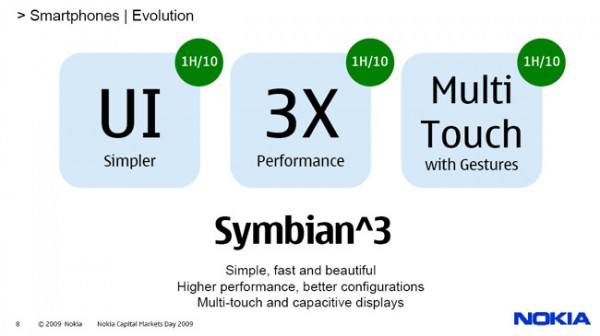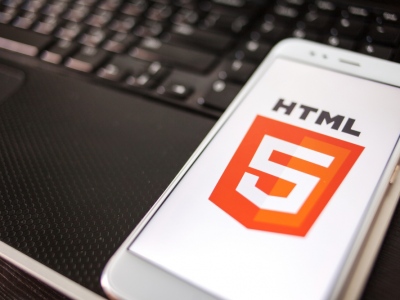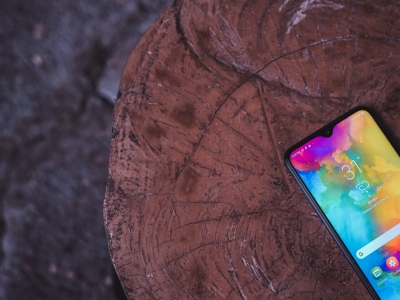
Symbian is a pretty good operating system, but its age is definitely starting to show. The third release (S60v3) is now pretty much hopelessly outdated, and it doesn’t even have support for touch, not even speaking about any other technologies. The fifth release (S60v5) improved this a bit, but not for long, as underneath the new skin, it is basically the same old Symbian, which is having serious problems with new hardware and software.
Nokia understood that it was time for an upgrade, and went for the most radical (and probably best) method: they open sourced the OS, created the Symbian Foundation and hired developers to recreate the Symbian OS from scratch. It was a good plan, and it definitely worked. The new Symbian S^3 looks and works better than ever, and is very developer-friendly, which is great for an operating system that needs to gain a developer and user base to create and use various applications that extend its functionality.
So, what is different about the new S^3 release of Symbian? Well, for starters, Symbian S^3 has finally got a much better touch interface, which looks a lot like that on Android or Maemo (which Nokia unfortunately abandoned) and works just great. The developers had in mind better usability for the masses when redesigning the OS, and they have definitely achieved that goal.
Symbian S^3 is also much faster thanks to it being super optimized and using as few resources as possible, which mainly affects RAM usage. The other thing that makes it fast is that the whole interface and even some of the features use the external graphics chip on Nokia phones to do the work, leaving the main CPU to idle or work on any open apps. This explains why Nokia goes for low-power, cheap and older processors for their phones – they don’t need a more powerful one, as their OS basically never loads it anyway. This allows Nokia to make cheaper phones that last longer without recharging, which is a pretty good thing for a lot of users.
The home screen was another point to improve for Symbian S^3, and they’ve also achieved the goal here. As I said, the new home screen reminds you of Maemo and Android, with multiple desktops, icons and other useful things. The new OS also supports HDMI out of the box, something you don’t see on other operating systems, so users can connect their phone to a TV and watch HD videos or play games in high quality on a big screen. Who needs a separate gaming consoles after this?
Users already have the new OS on their new Nokia phones, including the flagship multimedia device N8, and mid-range C7 and C6, and all of them like it. Everything is much smoother and better looking, and developers say they will make things even better in the near future. Symbian S^3 is definitely a success, and the only thing that’s missing (but not for long) are a couple thousand good apps on the marketplace. When they get there, Symbian will again be a competitor to be reckoned.










Comments